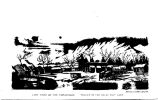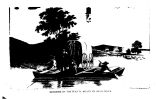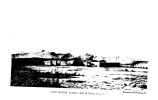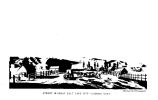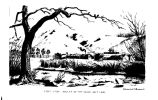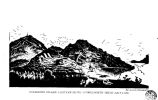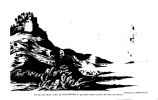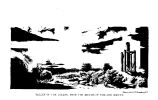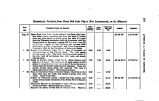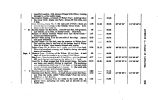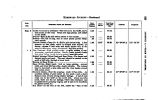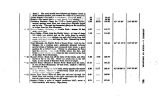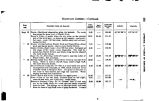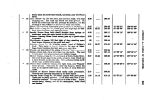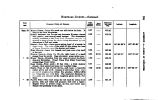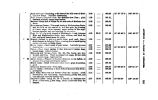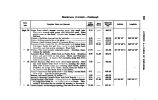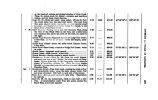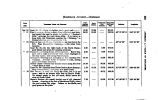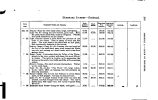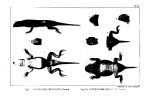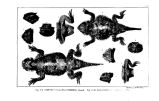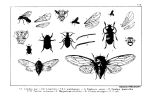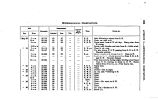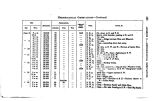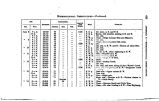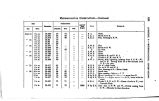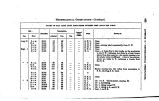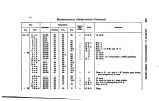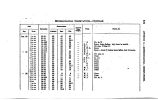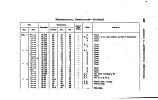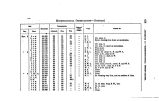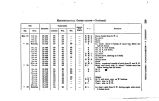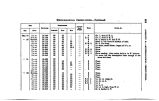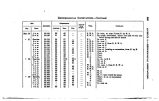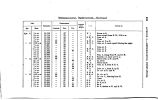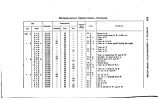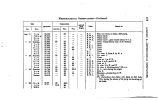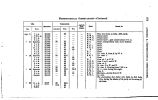| Title |
Expedition to the valley of the Great Salt Lake: Including a Description of its Geography, Natural History, and Minerals, and an Analysis of Its Waters |
| Subject |
Indians of North America--History; Indian Researvations; Irrigation; Latter Day Saints; Expedition; Archaeology; Housing; Agriculture; Shoshoni Indians; Paiute Indians; Ute Indians; Indigenous peoples--North America |
| Keywords |
Indian; White Relations; Great Salt Lake; Southwestern Shoshone; Cache Valley; Capulin; Carboniferous; Native Americans |
| Publisher |
Digitized by University of Utah |
| File Name |
AnExpiditionToThe ValleyOfTheGreatSaltLake.pdf |
| Tribe |
Shoshone; Paiute; Ute |
| Language |
eng |
| Description |
Including a description of its geography, natural history, and minerals, and an analysis of its waters: with an authentic account of the Mormon Settlement. Also, a reconnoissance of a new route trhough the Rocky Mountains. By Howard Stansburt, Captain Corps Topographical Engineers United States Army. Philadelphia: Lippincott, Grambo & Co. 1855. |
| Type |
Image/StillImage |
| Format |
application/pdf |
| Rights |
Digital Image © 2009 America West Center. All Rights Reserved. |
| ARK |
ark:/87278/s64b5wrq |
| Creator |
Stansbury, Howard, 1806-1864 |
| Spatial Coverage |
Ft. Hall (Idaho); Salt Lake City (Utah); Cache Valley (Utah and Idaho) |
| Setname |
uaida_main |
| ID |
352257 |
| Reference URL |
https://collections.lib.utah.edu/ark:/87278/s64b5wrq |





